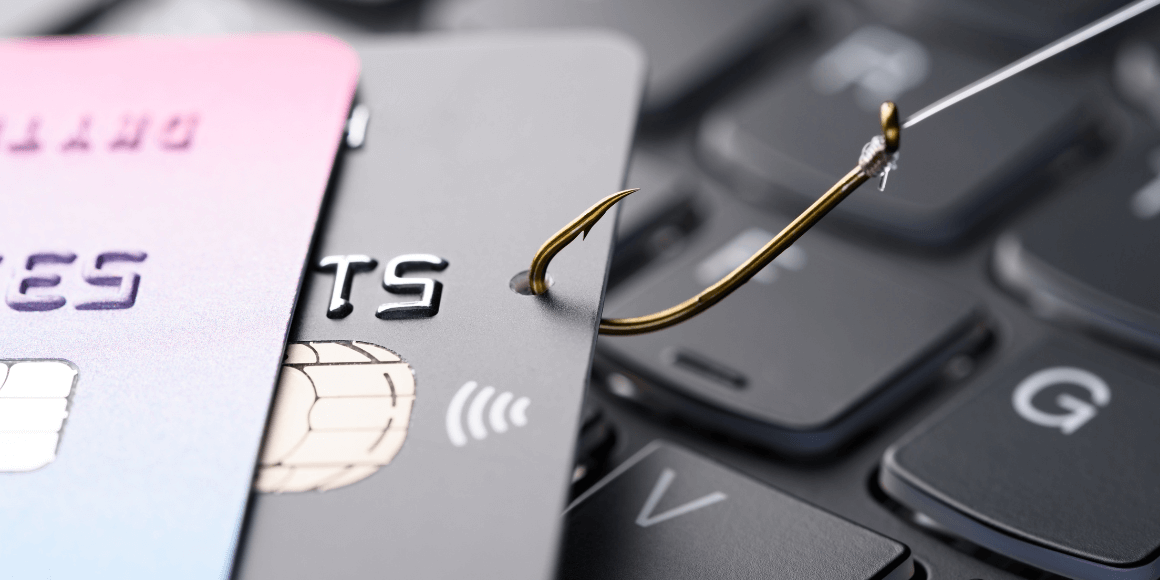- 7 17 Staff
Social Media Scams and How To Avoid Them

Social media is a way to stay connected with family and friends, but it’s also become a popular place for fraudsters. In fact, social media scams were the most profitable avenue for scammers in 2021, with approximately 95,000 people reporting losses of about $770 million.
Why are these social media scams so prevalent? It comes down to the nature of social media itself, which allows scammers to have a broad reach at zero cost. It’s easy for any social media user to be fooled by a social media scam. Once a hacker steals your identity, they can use it to open fraudulent loans and financial accounts.
The best way to protect yourself is to know what scams to look for and how to take precautions online.
Ways to Protect Yourself Online
The thought of social media scams can be scary, but the good news is there are ways to protect yourself.
1. Be aware of common scamming techniques.
Phishing messages will tell a story to lure you into clicking a link or opening an attachment. For example, the messages may state that:
- They’ve noticed a login attempt or suspicious activity on your account.
- You’re required to confirm financial information.
- You’re eligible for a refund from the government.
- You’ve received a coupon for free items.
These are all suspicious messages that are false. Remember not to automatically click on any URLs, and always evaluate where the message is coming from, whether it arrives via an email, text message, or social media platform.
The scam attempts may ask you to provide something in return for a prize or other benefit. For example, you may be asked to send money or gift cards in exchange for a prize.
Another type of scam is a romance scam, which occurs when a criminal creates a fake identity to gain a victim’s trust and affection. The scammer may seem caring and genuine and will use the illusion of a close, romantic relationship to manipulate the victim. The purpose of this is to quickly establish a connection to ask for money. If you’ve met someone online who’s requesting your bank account information, even if they say that it’s to deposit money, they’re likely using this information for fraudulent purposes.
2. Protect your personal information.
It’s a wonderful, warm feeling to see birthday messages sent via social media when you’ve shared your birthdate on your profile. However, this identifying information can be a gold mine for a scammer, especially if you also share your phone number.
In addition to keeping important personal information such as birthdays off of social media, make sure you never share your Social Security number, financial information, or physical location. You may need to verify that your location settings are turned off on the app or social media.
For additional security, use privacy settings on your social media profiles so that information is only shared with people you want to connect or share content with.
3. Verify all requests.
Scammers will often pose as friends, family or a coworker. They assume these identities because you’re likely to trust them, so it gives the scammer a better chance of convincing you to share information, click on a link, or send money.
If you receive an unexpected message like this from a trusted person, check with them via another communication method—such as email or phone—to verify that they sent the link or requested money or information from you. For emails, an additional easy test is to look at the email sender’s address to verify that it’s familiar.
Scammers want to make sure you click on links and will use various tactics to convince you to do just that. Be wary of any link sent to you, especially shortened links. Never click on embedded links in an email or text message. The link may initiate a malware download or take you to a fake website that’s designed to steal your login details. If you think the link may be legitimate, enter the URL into your browser.
4. Use extra security measures.
Passwords can be difficult to remember — and especially difficult to remember to change frequently. However, smart password maintenance is key to protecting yourself against scammers.
Passwords should be different for each website and app, and your record of the password shouldn’t be stored in an obvious place. A password management tool such as Dasher can help you store passwords securely so you don’t have to remember them yourself. These tools can help you generate strong, hard-to-guess passwords so you’re even more protected.
For additional security, activate two-step authentication or use a verification app like Google Authenticator. This will send a code to your email or phone in order to access your account.
Safeguard Your Accounts
If you do have your identity stolen, it’s important to contact the credit bureaus (Equifax, Experian and TransUnion) and place a fraud alert on your account. It’s also important to report the theft to the Federal Trade Commission (FTC), which can make it easier to fix any problems that arise from the theft. The FTC report can help prove you were a victim and block fraudulent information from appearing on your credit reports.
Protecting yourself and your accounts doesn’t stop there. Prepare in advance with ID theft and fraud protection best practices from your credit union to safeguard your accounts.